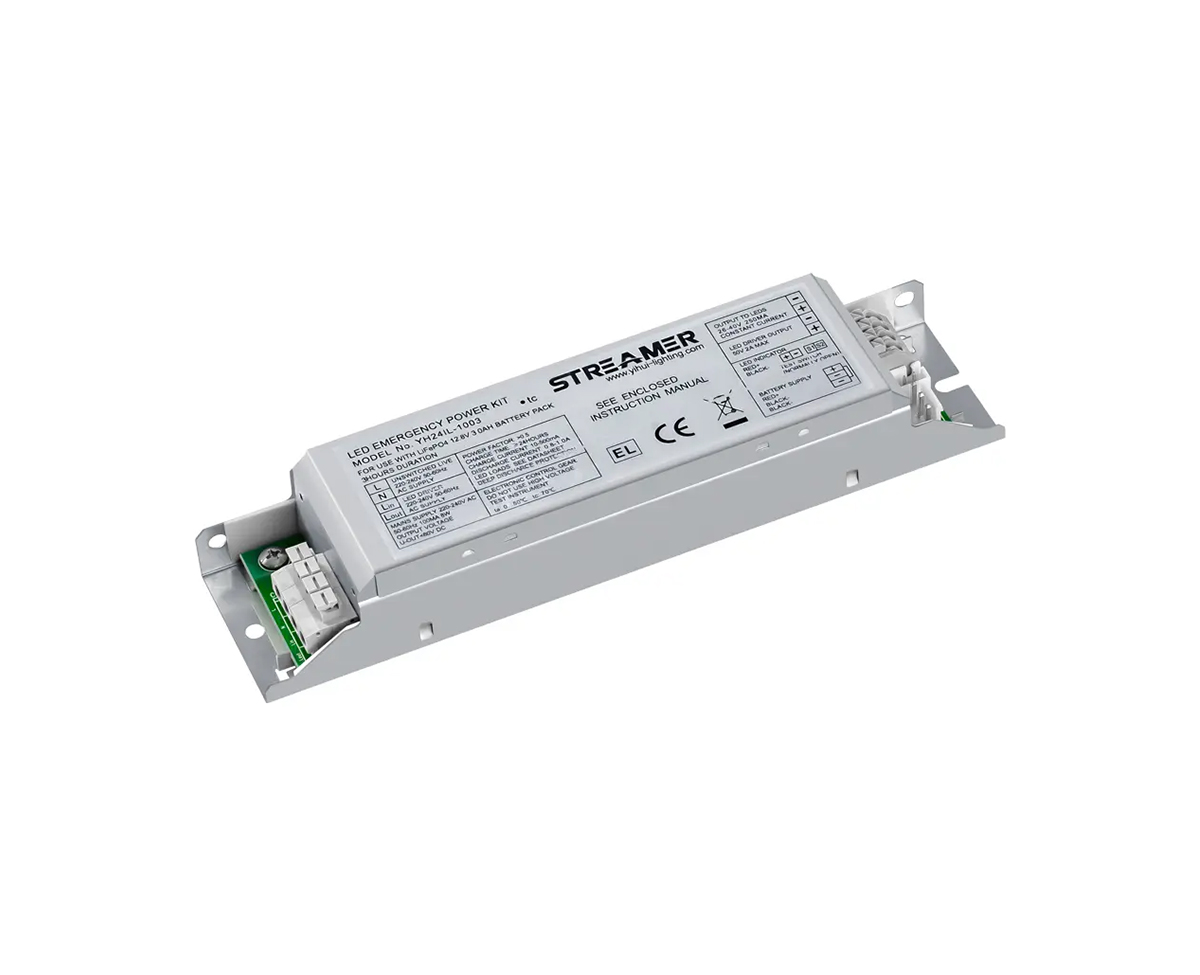 1
1
 May 05, 2025
May 05, 2025

Improving the energy efficiency ratio of LED emergency converters is essential for enhancing their performance and reducing overall energy consumption. There are several effective methods that can be employed to achieve this goal.
Optimizing the Power Conversion Circuit is a fundamental approach. As mentioned earlier, using advanced power conversion topologies such as synchronous rectification in SMPS can significantly improve efficiency. Synchronous rectification replaces traditional diodes with low - on - resistance MOSFETs, which have lower voltage drops and thus reduce conduction losses. Additionally, optimizing the switching frequency of the SMPS can also impact efficiency. Selecting an appropriate switching frequency can minimize switching losses and electromagnetic interference, leading to a more efficient power conversion process.
Enhancing LED Driver Performance is crucial. Improving the accuracy of current regulation in the LED driver can ensure that the LEDs operate at their optimal efficiency point. This can be achieved by using high - precision current - sensing resistors and advanced control algorithms. For example, some LED drivers use digital control techniques to dynamically adjust the current based on the LED's temperature and voltage characteristics, maintaining the LEDs at their most efficient operating conditions.
Heat Management also plays a significant role in improving energy efficiency. Excessive heat can reduce the efficiency of both the power conversion circuit and the LEDs. Implementing effective heat - dissipation measures, such as using heat sinks with a large surface area or incorporating forced - air cooling, can help to keep the temperature of the converter components within an optimal range. By reducing the temperature, the electrical resistance of components decreases, resulting in lower power losses and improved efficiency.
Component Selection and Integration are important factors. Choosing components with low - power - consumption characteristics, such as low - leakage capacitors and high - efficiency integrated circuits, can directly contribute to improving the energy efficiency ratio. Moreover, integrating multiple functions into a single chip can reduce the number of components and inter - connection losses, further enhancing efficiency. For example, some modern LED emergency converter designs integrate the power conversion, LED driving, and battery management functions into a single system - on - chip (SoC), which simplifies the circuit and improves overall efficiency.
Intelligent Control and Management systems can also optimize energy efficiency. Implementing features such as adaptive lighting control, which adjusts the brightness of the LED lights based on the ambient light level or the emergency situation, can reduce unnecessary power consumption. Additionally, smart battery management systems that optimize the charging and discharging processes of the battery can ensure that the battery operates at its highest efficiency, indirectly contributing to the overall energy efficiency of the LED emergency converter.